On the morning of April 17 (March 9 of the lunar calendar), at the Hoa Lu Ancient Capital Special National Relic Site, traditional rituals of the Hoa Lu Festival 2024 were performed by the people of Truong Yen commune and communes in Hoa Lu district at the Temple of King Dinh and King Le.
The traditional sacrificial ritual aims to commemorate the great contributions of our ancestors in the cause of building and defending the country, to arouse the tradition of patriotism, national pride and the spirit of solidarity of the Vietnamese people in the cause of building and defending the Fatherland and international integration. The sacrificial rituals are sacred and respectful in the spiritual and cultural life of the people on every festival occasion.
The traditional sacrificial ritual includes 3 forms of sacrificial ritual (sacrifice to the elders, including male elders; sacrifice to the younger ones, also known as sacrifice to the female elders, including female elders aged 30 years and older; sacrifice to the council, including both male and female elders and younger elders). The sacrificial ritual at the temples of King Dinh and King Le is a traditional sacrificial ritual, with the main rituals: sacrificial ceremony (temple opening ceremony), water procession ceremony, bathing ceremony, incense offering ceremony, offering of gifts, main sacrifice, sacrifice to the nine corners, and thanksgiving ceremony.
*The Bathing Ceremony, also known as the God Bathing Ceremony, is the ceremony to clean the statues of King Dinh and King Le, and to wipe the God's tablet and incense altar. The ceremony is held right after the Water Procession Ceremony is completed on the morning of the 9th day of the 3rd lunar month every year. The ceremony is performed by the leaders of Hoa Lu district and Truong Yen commune.
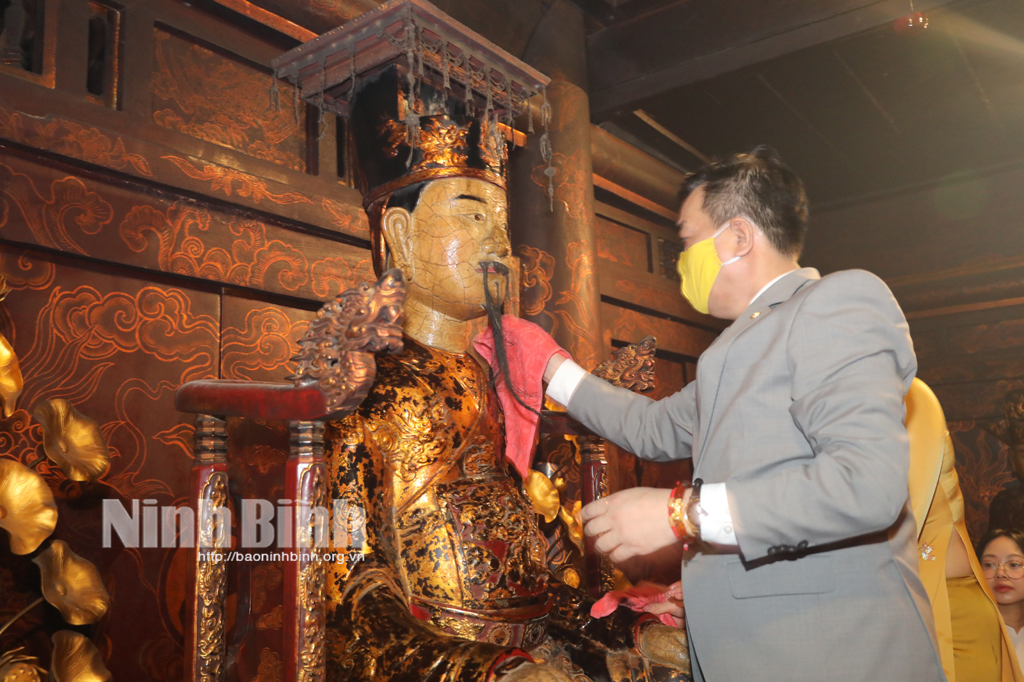
*The Offering Ceremony is also known as the Offering Ceremony. Representatives of the Party Committee, government, and people of Hoa Lu district and Truong Yen commune offer offerings to the King and the gods to express their deep gratitude.
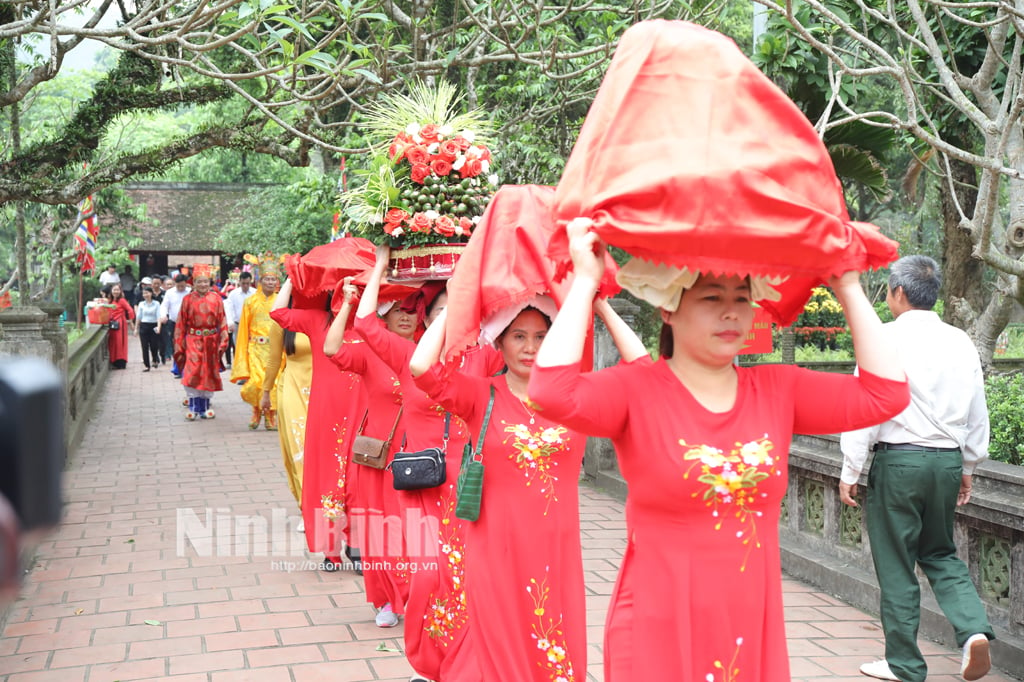
The ceremony takes place at the Dragon Courtyard of the Dinh and Le Kings' Temples. It takes place after the Bathing Ceremony and the Incense Offering Ceremony. The offerings to the King include the "three-life" offering (buffalo, goat, pig). The offerings are displayed outside the Dragon Courtyard's altar and offered to the main palace of the King's Temple. The ritual is a royal ceremony. The congratulatory text for the offering ceremony is also the congratulatory text for the main ceremony (performed by the main ceremony group after the Incense Offering Ceremony).
*Palace procession: The cause of defeating and subduing 12 warlords, unifying the country of Dinh Tien Hoang Emperor is the common cause of the generals and the whole nation. In many places in the province and the whole country, there are temples to worship King Dinh and the generals of the Dinh - Tien Le dynasties. Therefore, every festival, the communal houses and temples to worship the generals of these two dynasties carry the palanquin to pay homage to the king at the temple of King Dinh and King Le in Truong Yen. Therefore, the festival has a large space, attracting the spirituality and spirit of the majority of people to the festival. The palanquin procession also increases the social nature of the festival activities with the guiding ideology "People do, people watch and people enjoy the festival". The 2024 festival has more than 10 palanquins from temples and prefectures in the province participating.
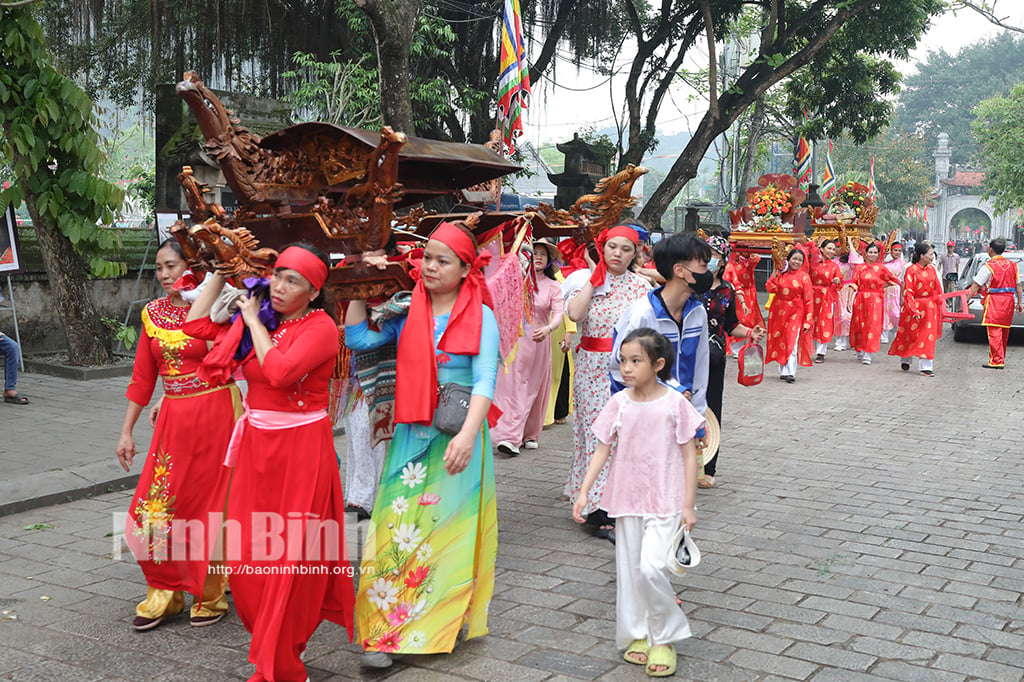
*The Nine Songs Sacrifice: The ceremony to worship the King has 9 songs/songs praising the Emperor's merits. The Nine Songs has 218 verses, divided as follows: original harmony, great harmony, longevity harmony, preparation for harmony, peace, harmony, peace, purity, grace, and final harmony.
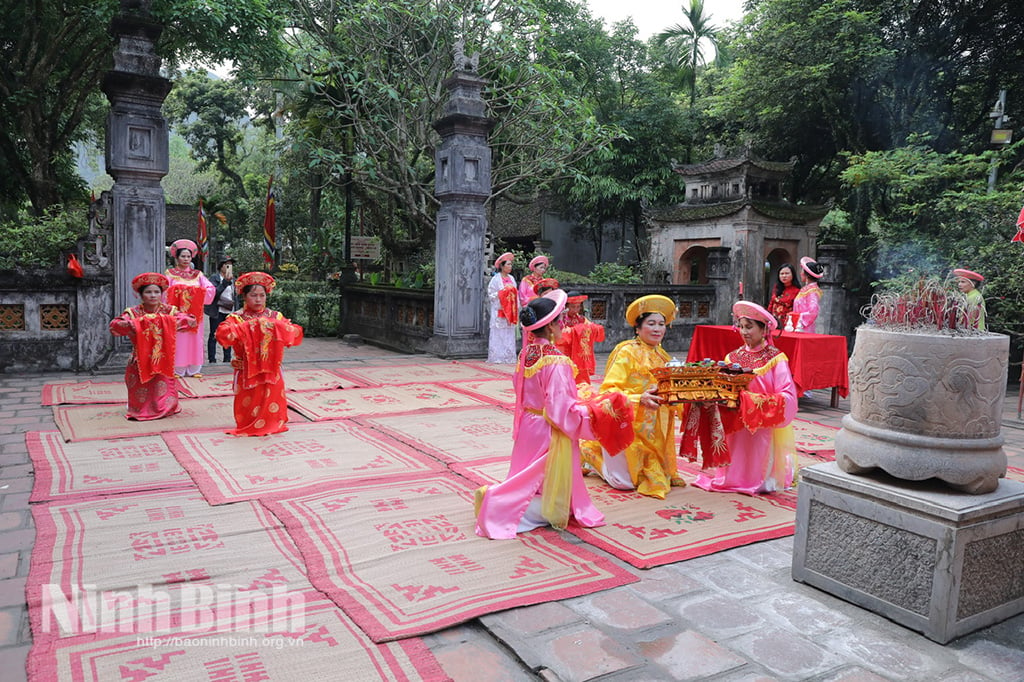
The Nine-Song Sacrifice takes place after the offering ceremony and the main ceremony. The singing is performed according to the folk performing art of "both offering and singing". Each song can be sung by one person and accompanied by one or two dancers. The Nine-Song Sacrifice includes one incense offering, three wine offerings before the statue of King Dinh, three wine offerings to the worshiping deities, and one tea offering. The form of the ceremony can be to the old mandarin (all middle-aged men or older); the young mandarin (female mandarin) or the council (both old mandarin and female mandarin). The ceremony on the night of the 9th day of the 3rd lunar month must be the council ceremony, while the following days and nights are optional.
Phuong Anh - Minh Quang - Ngoc Linh
Source



![[Photo] Many young people patiently lined up under the hot sun to receive a special supplement from Nhan Dan Newspaper.](https://vphoto.vietnam.vn/thumb/1200x675/vietnam/resource/IMAGE/2025/5/18/6f19d322f9364f0ebb6fbfe9377842d3)
![[Photo] Ready for the top competitions of Vietnamese table tennis](https://vphoto.vietnam.vn/thumb/1200x675/vietnam/resource/IMAGE/2025/5/18/9c547c497c5a4ade8f98c8e7d44f5a41)
![[Photo] Party and State leaders attend the special art program "You are Ho Chi Minh"](https://vphoto.vietnam.vn/thumb/1200x675/vietnam/resource/IMAGE/2025/5/18/6895913f94fd4c51aa4564ab14c3f250)
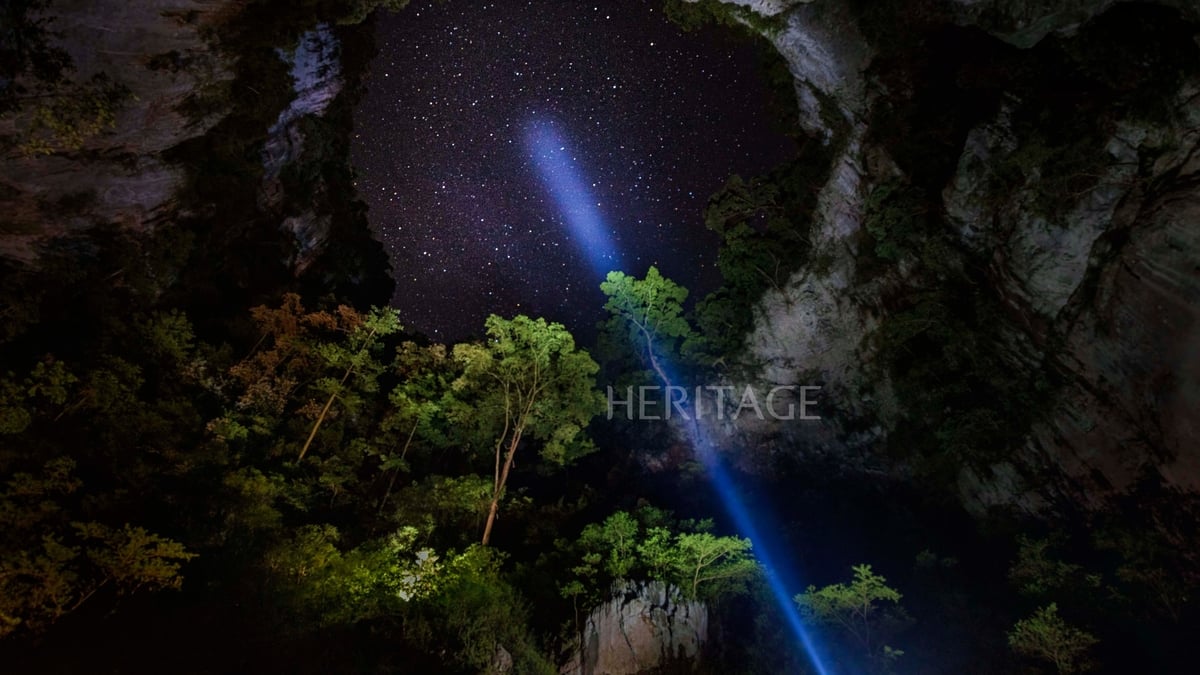
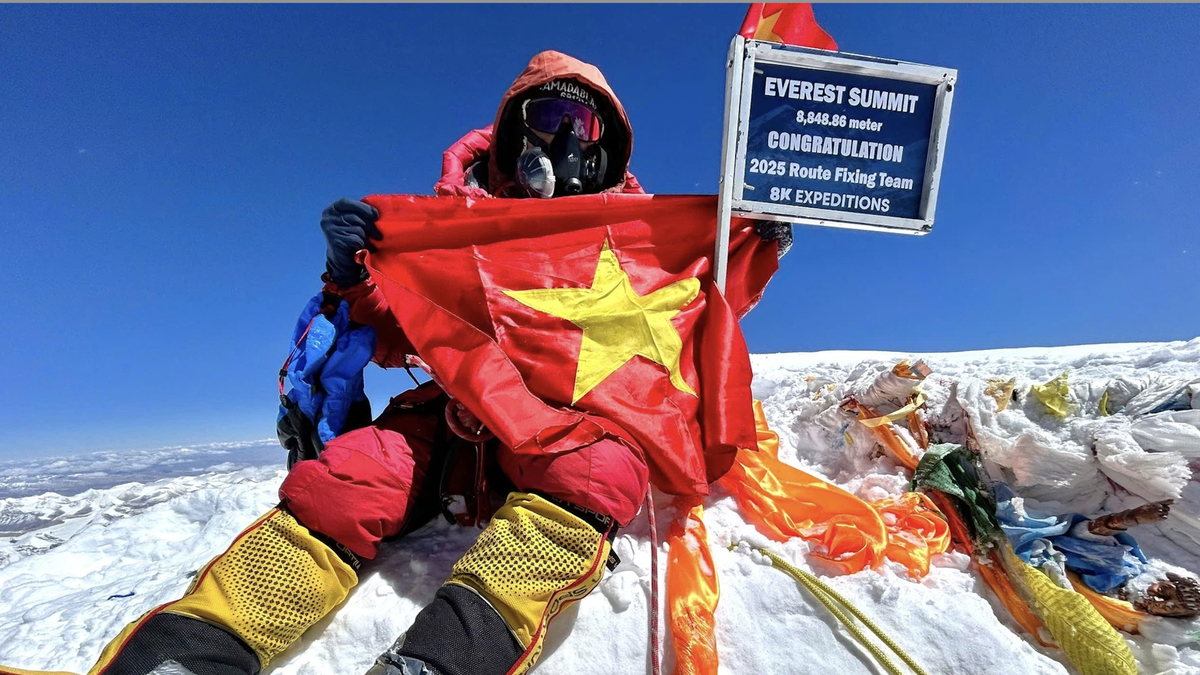






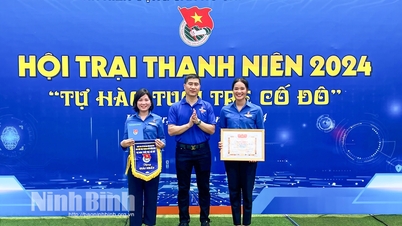

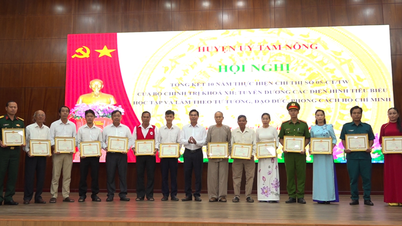

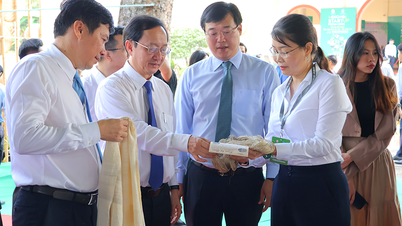
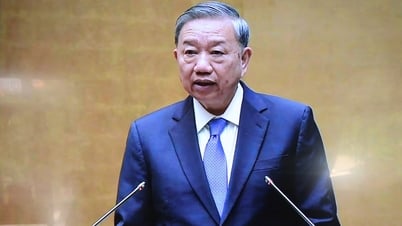
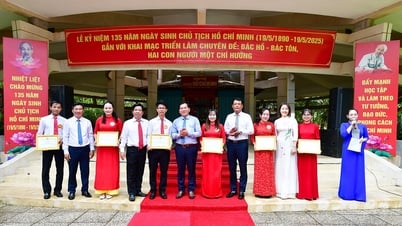


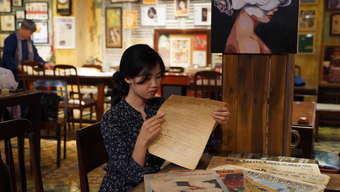

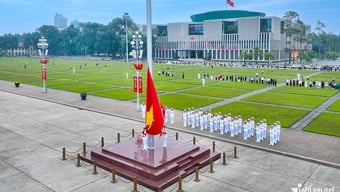

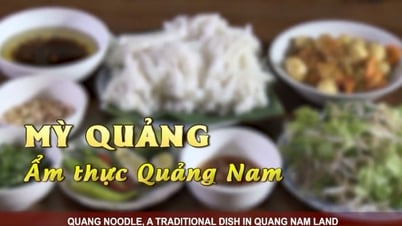
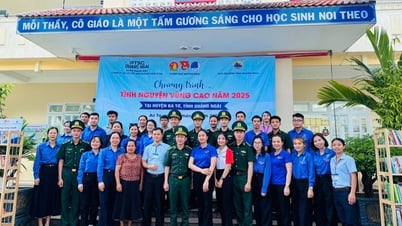
![[Infographic] Numbers about the 2025 High School Graduation Exam in Dong Thap Province](https://vphoto.vietnam.vn/thumb/402x226/vietnam/resource/IMAGE/2025/5/17/c6e481df97c94ff28d740cc2f26ebbdc)
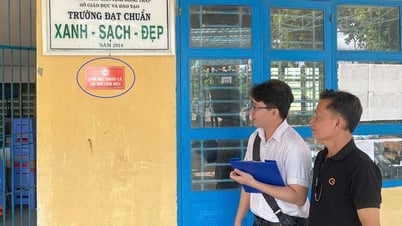

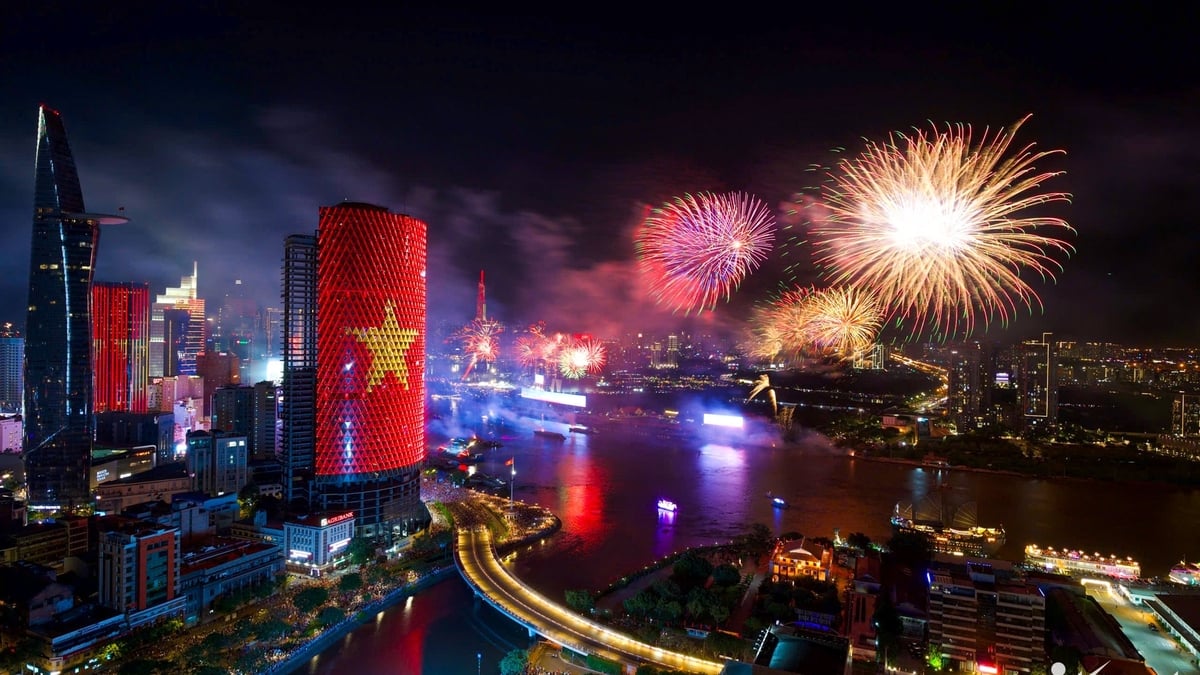
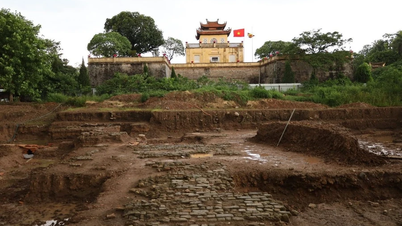

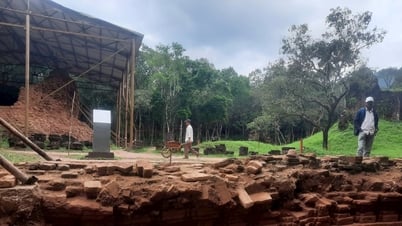

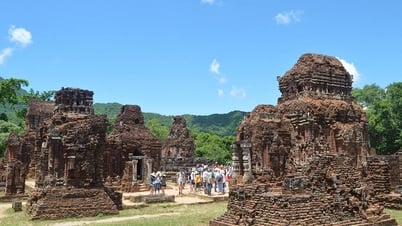

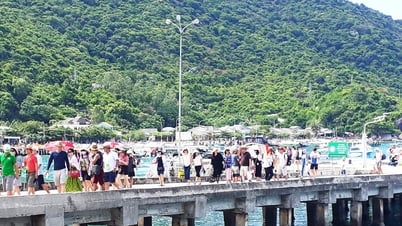
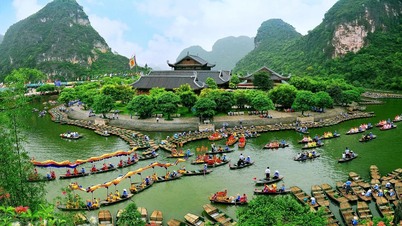

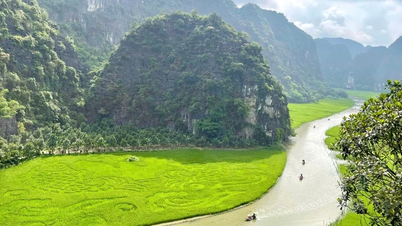
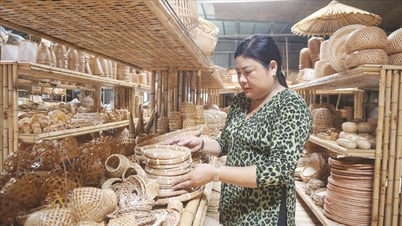



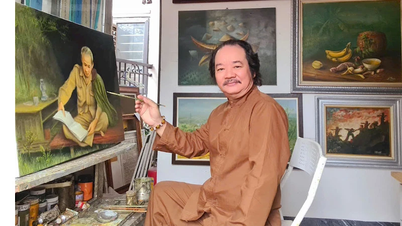
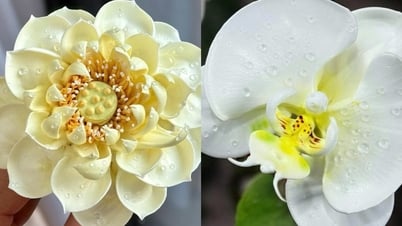







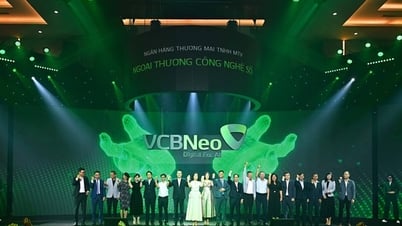
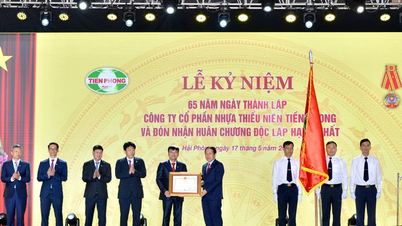
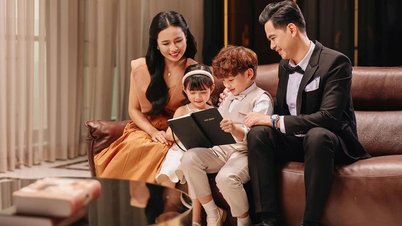

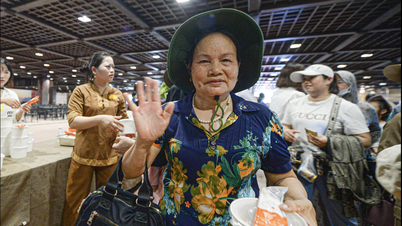

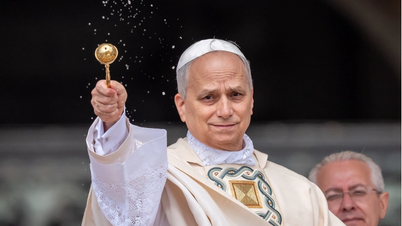




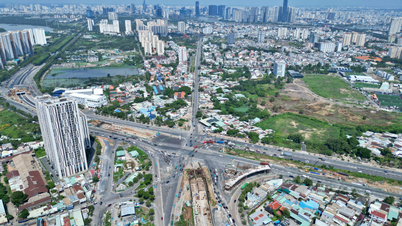
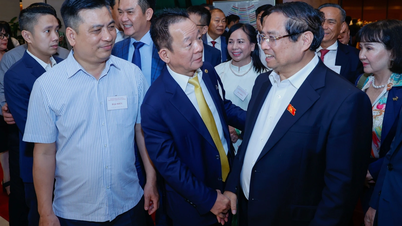

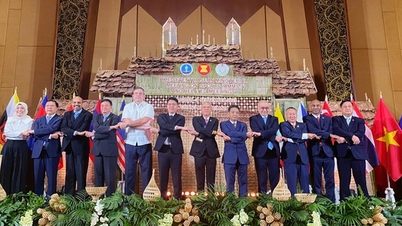

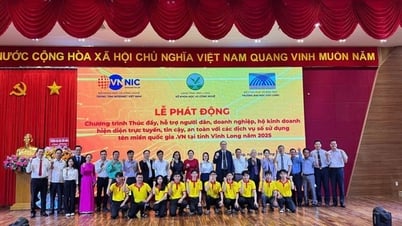

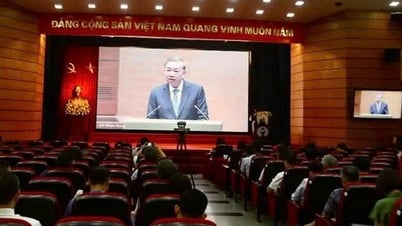
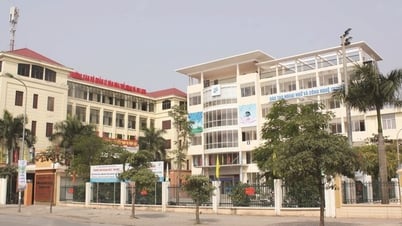

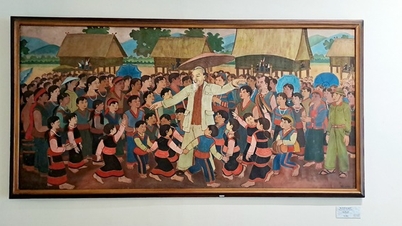


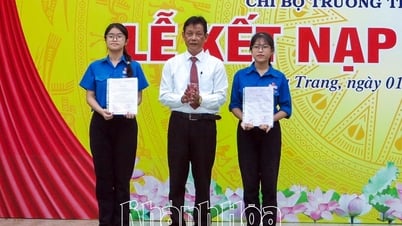



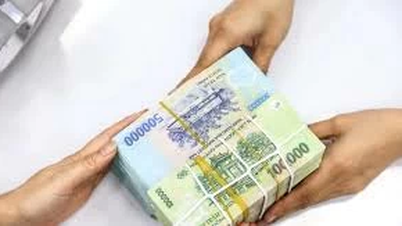
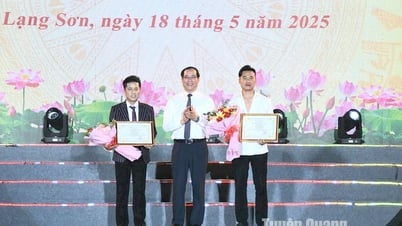

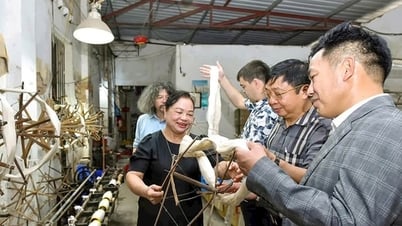

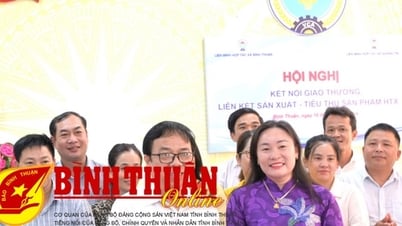

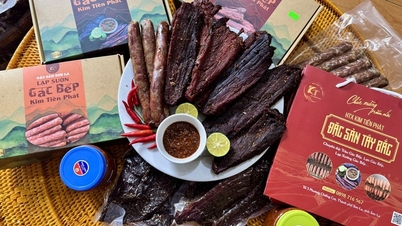

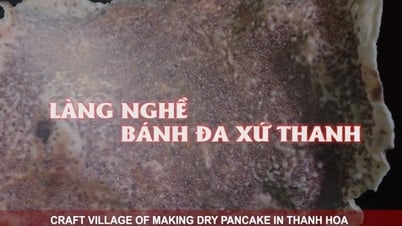
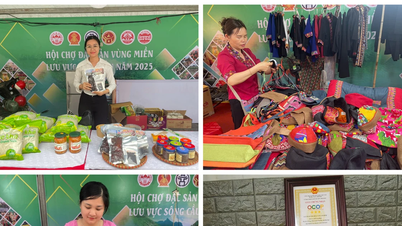

Comment (0)